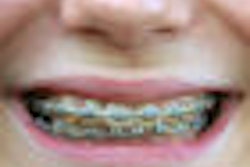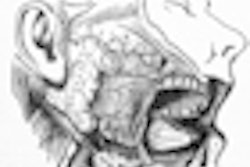The degree of relapse after fixed appliance therapy is unlikely to be affected by the choice of either a vacuum-formed or a Hawley retainer, and, therefore, other factors such as cost may play a more significant role when deciding on the type of retainer, a new study has found (Angle Orthodontists, May 2011, Vol. 81:3, pp. 404-409).
Researchers from the U.K. looked at 82 patients who had received treatment with upper and lower fixed appliances and randomly assigned them either a Hawley or a vacuum-formed retainer.
Study models were fabricated for each patient on the day of debond and two months, six months, and 12 months after debond.
At the fitting appointments, all patients were instructed to wear the appliance full time and to remove the appliance only for cleaning throughout the 12-month period of the study.
Using a specially constructed pantograph, four variables were measured for each set of models at each of these time periods. These were upper and lower intermolar widths, intercanine widths, arch length, and a modified Little's index of irregularity.
For each of the variables tested and at each of the four time periods, the researchers found no statistically significant differences between the two retainers.
"There is no statistical or clinically significant difference in the measured arch width, arch length, or modified Little's index over a 12-month period between Hawley and vacuum-formed retainers when worn full time," the authors concluded.



















